How to Organize Your Kitchen Cabinets for Maximum Efficiency
Organize Kitchen Cabinets - An organized kitchen is not just aesthetically pleasing but also a haven for efficient cooking and stress-free meal preparation. Imagine opening your kitchen cabinets and finding everything in its designated place, ready to assist you in your culinary adventures. In this comprehensive guide, we will walk you through the steps to achieving a well-organized kitchen, focusing specifically on your cabinets. By the end, you'll be well on your way to creating a cooking space that is not only tidy but also optimized for efficiency.
Decluttering your kitchen cabinets
1.1 The Pantry Purge
The first step in organizing your kitchen cabinets is to declutter. Let's start with the pantry. Remove all items from your pantry shelves. Check for expiration dates and dispose of any expired products. Take a moment to assess which items you use regularly and which ones have been sitting untouched. Consider donating non-perishable items that you no longer need to a local food bank.
1.2 Utensil Drawer Dive
Now, let's move on to the utensil drawer. It's amazing how many utensils can accumulate over time. Take everything out of the drawer and lay it out on a table. Sort through the utensils, keeping only those you use on a regular basis. Donate or store in a less accessible location any utensils that are rarely used.
1.3 Tackling the Tupperware
Tupperware and plastic containers can quickly become a chaotic mess in kitchen cabinets. Take them all out and match each container with its corresponding lid. Discard any lids or containers that are damaged or don't have a match. Consider investing in a stackable set of containers to make the most of your cabinet space.
1.4 Sorting Spices
Spices are the secret ingredients that elevate your dishes, but they can also clutter your cabinets if not organized properly. Check the expiration dates on your spices and herbs. Dispose of any that have passed their prime. Arrange your spices in alphabetical order so that you can easily locate the one you need when cooking.
1.5 Donating or Disposing
As you declutter your kitchen cabinets, you may come across items that are in good condition but no longer serve a purpose in your kitchen. Consider donating these items to charity or passing them on to friends or family who may have a use for them. Responsibly dispose of any items that are no longer functional.
Assessing your kitchen layout
2.1 The Work Triangle
Efficient kitchen organization starts with a well-thought-out layout. The concept of the "work triangle" is a fundamental principle in kitchen design. It involves creating a triangle between your stove, sink, and refrigerator, as these are the three key areas where you spend most of your time while cooking.
Ensure that these three elements are positioned in a way that allows for smooth movement between them. This will make cooking more efficient by minimizing the distance you need to cover while preparing meals.
2.2 Zones for Functionality
In addition to the work triangle, consider dividing your kitchen into specific zones based on functionality. For example:
- Food Prep Zone: This area should be equipped with cutting boards, knives, and other essentials for preparing ingredients.
- Cooking Zone: Keep pots, pans, and cooking utensils near the stove for easy access while cooking.
- Cleanup Zone: Place dishwashing supplies, trash bins, and recycling containers near the sink for efficient cleanup.
2.3 Cabinet Accessibility
Take a moment to evaluate the accessibility of your kitchen cabinets. Are the items you use frequently within easy reach? Are less-used items stored in higher or lower cabinets? Make adjustments as needed to ensure that commonly used items are conveniently located at eye level or in lower cabinets, while items you rarely use can be stored in less accessible areas.
Choosing the right storage solutions
3.1 Pull-out Shelves
One of the key elements of efficient cabinet organization is maximizing the use of space. Pull-out shelves are a fantastic solution for deep cabinets where it's easy for items to get lost in the back. These shelves slide out, allowing you to access items at the back without the need to rummage through the entire cabinet.
3.2 Lazy Susans
Lazy Susans are circular rotating trays that can be placed inside cabinets. They are particularly useful for storing items like spices, condiments, or canned goods. With a simple spin, you can access items located at the back of the cabinet effortlessly.
3.3 Drawer Dividers
Drawer dividers are essential for keeping utensil drawers organized. They create separate compartments for knives, forks, spoons, and other utensils, preventing them from becoming a tangled mess.
3.4 Cabinet Inserts
Consider installing cabinet inserts, such as wire racks or pull-out bins, to make the most of your cabinet space. These inserts create additional storage tiers within your cabinets, allowing you to stack items neatly.
3.5 Wall-Mounted Storage
Don't forget about utilizing vertical space. Install hooks, pegboards, or wall-mounted shelves on the inside of cabinet doors or on empty wall spaces. These can be used to hang pots, pans, kitchen towels, or even small kitchen gadgets.
Organizing Pots, Pans, and Cookware
4.1 Stacking vs. Nesting
When it comes to pots, pans, and cookware, the way you stack or nest them can greatly affect the accessibility and organization of your cabinets. Consider investing in stackable cookware sets that take up less space. This will allow you to store more items in your cabinets without them becoming a jumbled mess.
4.2 Vertical Storage
For pots and pans with lids, vertical storage is a game-changer. Install a pan organizer or tension rod inside a cabinet to create a dedicated space for your cookware. This prevents scratching and makes it easy to find the right pot or pan when you need it.
4.3 Lid Organization
Lids can be a challenge to store neatly. Consider using lid organizers or even repurposing magazine holders to keep them in order. When lids are organized, you'll no longer have to search for the right one amidst a pile of cookware.
4.4 Baking Sheet and Cutting Board Solutions
Baking sheets, cutting boards, and large flat items often pose a storage challenge. Install dividers or vertical slots in your cabinets to keep these items upright and easy to access. This will prevent them from sliding around and getting damaged.
Taming the Tangle of Kitchen Tools
5.1 Knife Blocks and Magnetic Strips
Proper knife storage is essential for safety and organization. Invest in a quality knife block or magnetic knife strip to keep your knives within easy reach while keeping the blades protected.
5.2 Drawer Organizers for Utensils
Drawer organizers come in various sizes and configurations to suit your needs. Use them to keep your utensils, measuring spoons, and other kitchen tools neatly separated and easily accessible.
5.3 Hang Your Tools
If you have limited drawer space, consider hanging your kitchen tools. Install hooks or a pegboard on a kitchen wall to hang utensils, pots, and pans. This not only frees up cabinet space but also adds a decorative touch to your kitchen.
Creating a System for Food Storage
6.1 Categorize Containers
Maintaining an organized food storage system is essential for efficiency. Group containers by size and type, and store them in designated areas of your cabinets. Consider using clear containers or labels to easily identify the contents.
6.2 Labeling and Dating
To prevent food waste, label and date leftovers and perishable items. This will help you track freshness and make it easier to find what you need when preparing meals.
6.3 The Art of Stacking
Stackable food storage containers are your best friends in the kitchen. They save space and keep your cabinets tidy. Invest in a set of containers that can be easily stacked and nested when not in use.
Maintaining your organized cabinets
7.1 Regular Checks
Once you've organized your kitchen cabinets, make it a habit to do regular checks. Every few months, go through your cabinets to ensure that items are still in their designated places and that you haven't accumulated unnecessary clutter.
7.2 Cleaning Routine
Maintaining cleanliness in your organized cabinets is crucial. Wipe down shelves and drawers as needed to prevent dust and food particles from accumulating. A clean and organized cabinet is a joy to use.
Conclusion
Efficiency in the kitchen begins with well-organized cabinets. By decluttering, assessing your kitchen layout, choosing the right storage solutions, and maintaining an organized system, you can create a kitchen that streamlines your cooking process and reduces stress. With everything in its place, you'll find joy in preparing meals, and your kitchen will become the heart of your home where culinary creativity thrives. So roll up your sleeves and start organizing your kitchen cabinets for a more efficient and enjoyable cooking experience. Your future self will thank you for it.

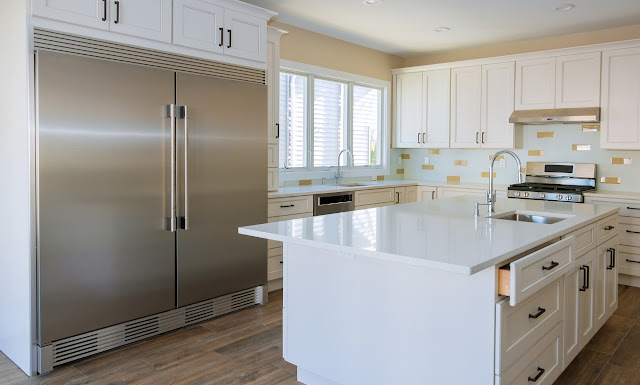
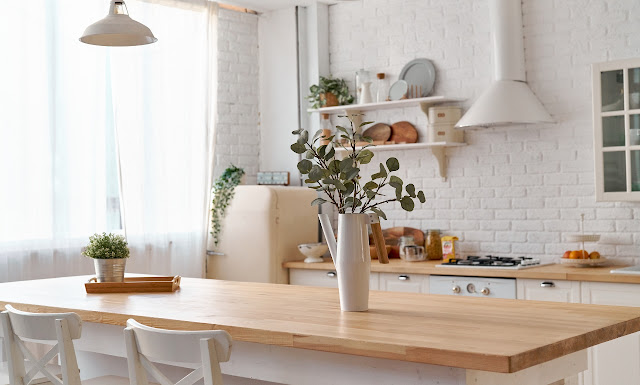
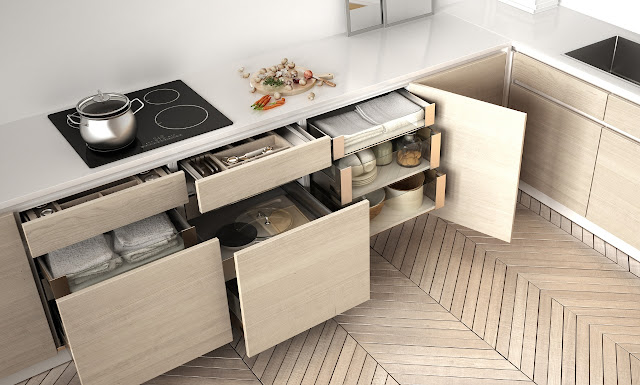
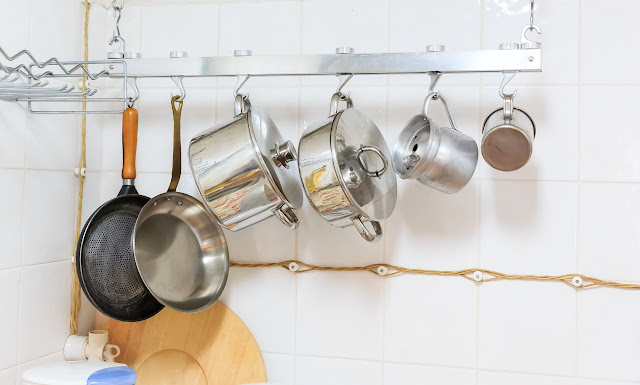
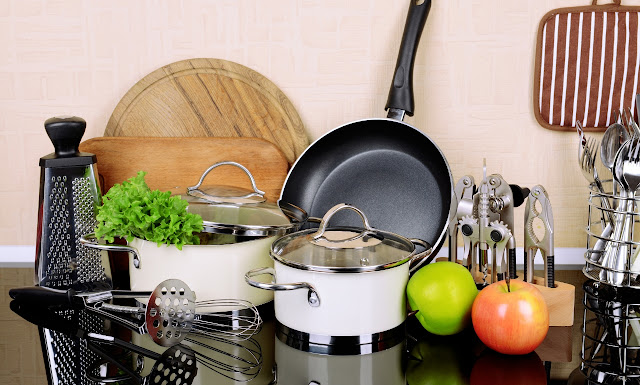
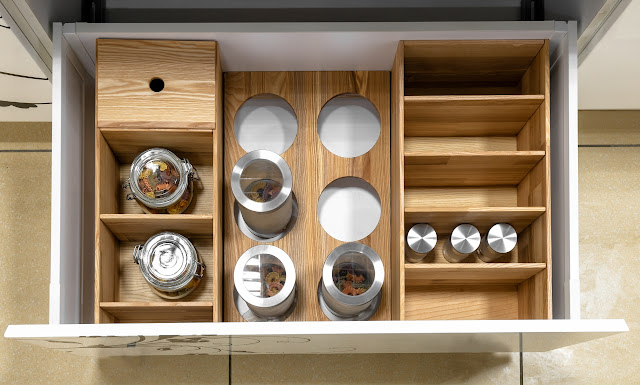
Post a Comment for "How to Organize Your Kitchen Cabinets for Maximum Efficiency"